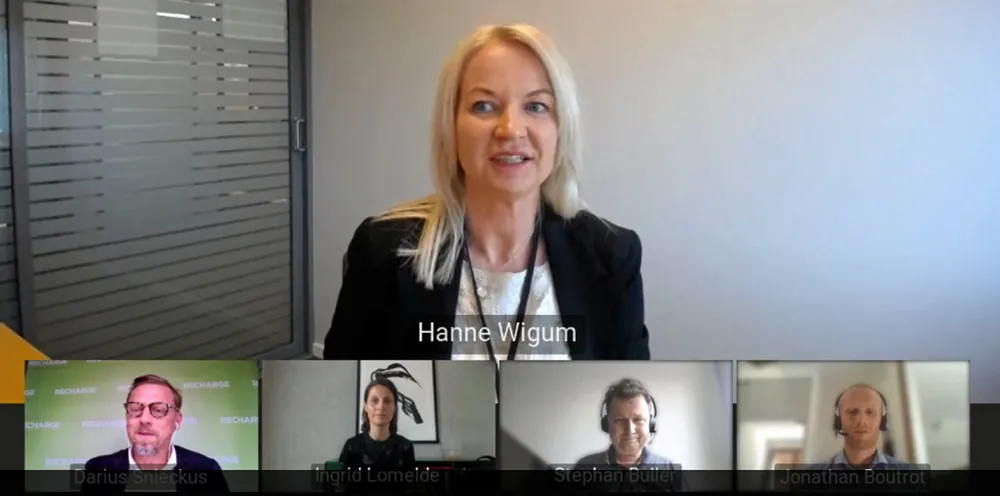Floating wind 'on edge between innovation and industrialisation' as global play grows
Scale-up of projects, standardisation of key technologies, and new models of collaboration, all central to unlocking construction of 15GW-plus of floating plant by 2030, high-level Recharge roundtable told
